Digital Diaries #2
Seven foreign filmmakers explore Friuli Venezia Giulia

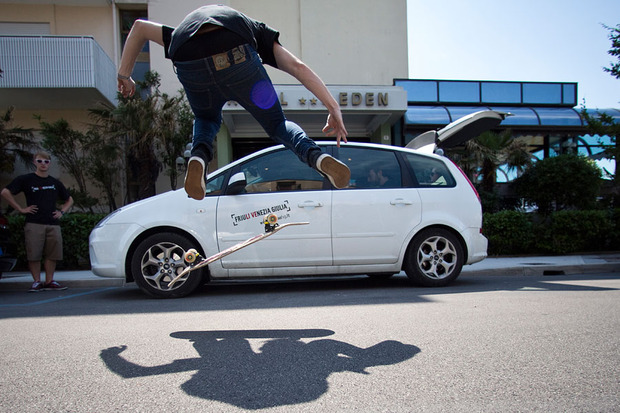
Digital Diaries is a growing project that promotes the culture and tourism of Italy. Following the success of the first installment, Basilicata, Digital Diaries #2 is being released this week as a work dedicated to Friuli Venezia Giulia, a beautiful region located in northeastern Italy on the border of Austria and Slovenia.
The goal of the project—bring together seven filmmakers for seven days on a journey to discover everything that could happen within that region. After the immersion, each artist will make a three-minute video of their experience with complete artistic freedom, the only guideline to describe the emotions they have experienced while in touch with Italian history, food, architecture, people, traditions, and landscapes.

Though Friuli Venezia Giulia is a small region, it extends from the Alps to the sea, and Digital Diaries #2 is divided into two parts—the White Edition and the Blue Edition—to reflect this. Created by Mikaela Bandini from Urban Italy, the behind-the-scenes images shot along the journey preview the latest videos, taken on adventures from dog-sleds to private planes and horses, from kite surfing to snow-covered trams, all while visiting the beautiful cities of Trieste, Pordenone, Cimolais, Casso, Gorizia, Erto, Lignano, Grado, Aquileia and more.
The artists involved in Digital Diary #2 represent a motley crew: Mark Hofmeyr Mark Hofmeyr from Cape Town, young Romanian-Canadian Oana Dragan, Seattle-based Matthew Brown (winner of the Digital Diary #1 contest), Dutch filmmaker Caspar Diederik, visual journalist Jonah M. Kessel , German film student Jan Stollberg, and extreme sports reporter George Karellas. We caught up with Mikaela to get the inside scoop about the experience.
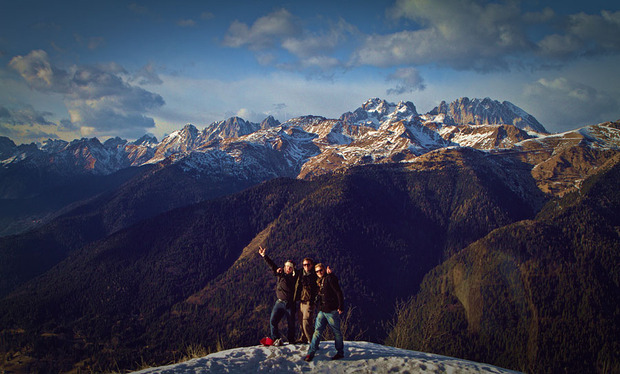
How did you fall in love with Italy?
I have been in love with Italy all my life really, then I met this Italian guy at Cape Town airport and fell in love a second time. The rest is history.
What is the key to destination marketing today?
Emotion, experience, energy. It doesn’t matter if you are marketing a B&B, a city or an entire country—you need to grasp the true character of the people living and working there. Your shopping finds that take over your hotel room, the smile on the chef’s face while he prepares your lunch at a restaurant, real people working, living and playing in real life situations. If you are able to get this energy and personality through the screen and really touch users, your message will fly across the world without needing a huge budget.
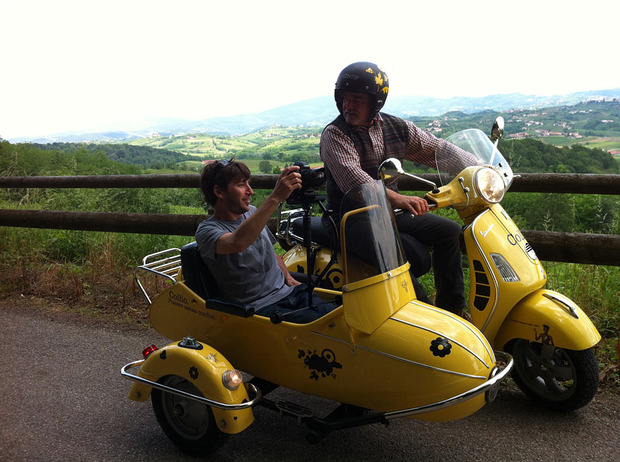
Is it difficult to coordinate the work of seven different creative minds?
We actually didn’t know most of the guys before they arrived, but up until now the teams have worked really well together. We often split the team up in order cover a larger area so that not everyone has the same footage, assigning different activities and sports that we think each of them will enjoy. It’s our job to put them in the position to tell incredible stories, but they all know that they are free to change plans if and when they want.
Did you just let them free or they had to follow a brief?
The guys get free range to portray what they feel best represents their experience and the region through their personal style.
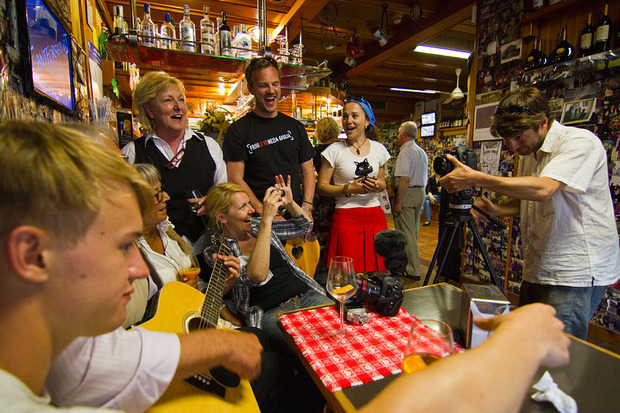
What is the most important strength when marketing Italy?
Apart from the tangible heritage that Italy has to offer—the architecture, the archeology, the museums—there is an intangible heritage just as important that changes from one region to another. The food, people, dialects and habits that are completely different in each of the 21 regions giving us the opportunity to make totally unique stories while zig-zagging from the tip to the toe of the boot.
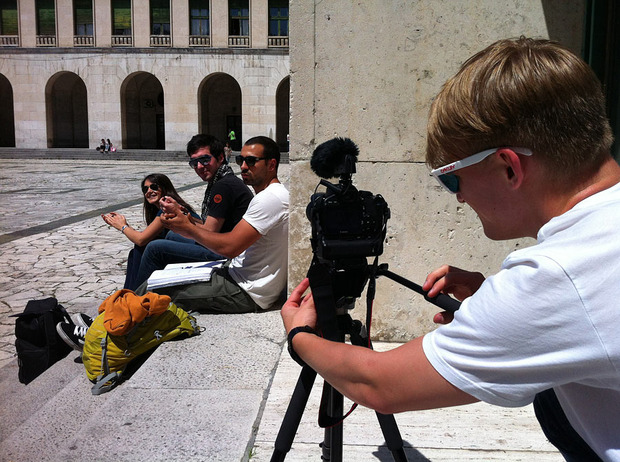
Why are there only foreign filmmakers on your teams?
It’s not a fixed rule, but often foreigners have a manner of telling local stories without filters. Their enthusiasm of making new discoveries and meeting the local people through traveling gives their stories an edge.
Any problems along the way?
Most problems turn into really funny situations and we all get a laugh out of them. For example when Mark Hofmeyr turned up with a 2.4-meter rig for his time lapses that didn’t fit into any vehicle available in Udine, or when Till, our German skater, had all his skate boards confiscated at Vienna airport (they were considered lethal weapons).












